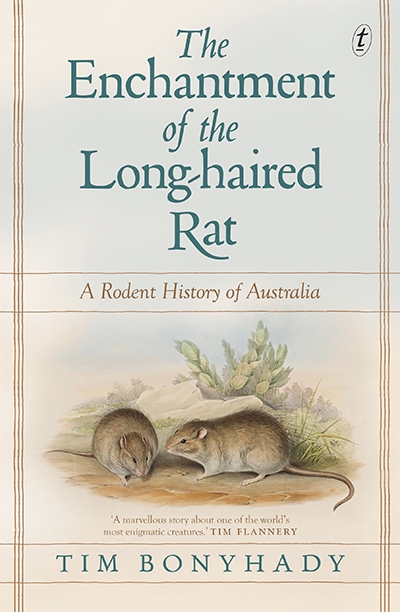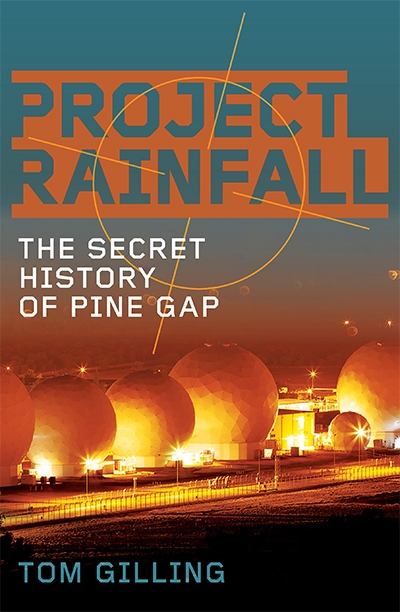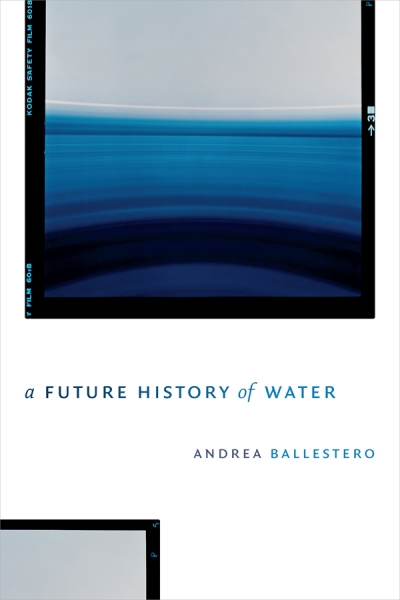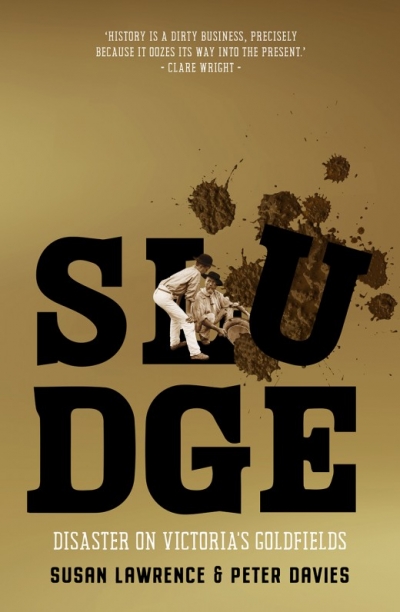Accessibility Tools
- Content scaling 100%
- Font size 100%
- Line height 100%
- Letter spacing 100%
Environment and Climate
The ABR Podcast
Released every Thursday, the ABR podcast features our finest reviews, poetry, fiction, interviews, and commentary.
Subscribe via iTunes, Stitcher, Google, or Spotify, or search for ‘The ABR Podcast’ on your favourite podcast app.
‘Where is Nancy?’ Paradoxes in the pursuit of freedom
by Marilyn Lake
This week on The ABR Podcast, Marilyn Lake reviews The Art of Power: My story as America’s first woman Speaker of the House by Nancy Pelosi. The Art of Power, explains Lake, tells how Pelosi, ‘a mother of five and a housewife from California’, became the first woman Speaker of the United States House of Representatives. Marilyn Lake is a Professorial Fellow at the University of Melbourne. Listen to Marilyn Lake’s ‘Where is Nancy?’ Paradoxes in the pursuit of freedom’, published in the November issue of ABR.
Recent episodes:
What do we call this terrifying summer? The special bushfire edition of ABC’s Four Corners predictably called it Black Summer. Perhaps the name will stick, for it builds on a vernacular tradition. Firestorms are always given names, generally after the day of the week they struck. There are enough ‘Black’ days in modern Australian history to fill up a week several times over – Black Sundays, Mondays, Tuesdays, Thursdays, Fridays, Saturdays – and a Red Tuesday too, plus the grim irony of an Ash Wednesday. The blackness of the day evokes mourning and grief, the funereal silence of the forests after a firestorm. Black and still. And when the fires burn for months, a single Black Day morphs into a Black Summer.
... (read more)The Rising Tide: Among the islands and atolls of the Pacific Ocean by Tom Bamforth
‘We’ll be going this earth’: an environmental survey
To complement the reviews and commentaries in our Environment issue, we invited a number of writers and scholars to nominate a book that will give readers a better appreciation of the environment.
... (read more)The Australian outback has long been a muse for artists and storytellers. Australian flora – including the iconic eucalypt in its many forms – has the ability to tell a story about cultural identity and our rich history with the land. This extends to our urban landscape, with native plants common throughout our bustling city streets and parks – they can transf ...











